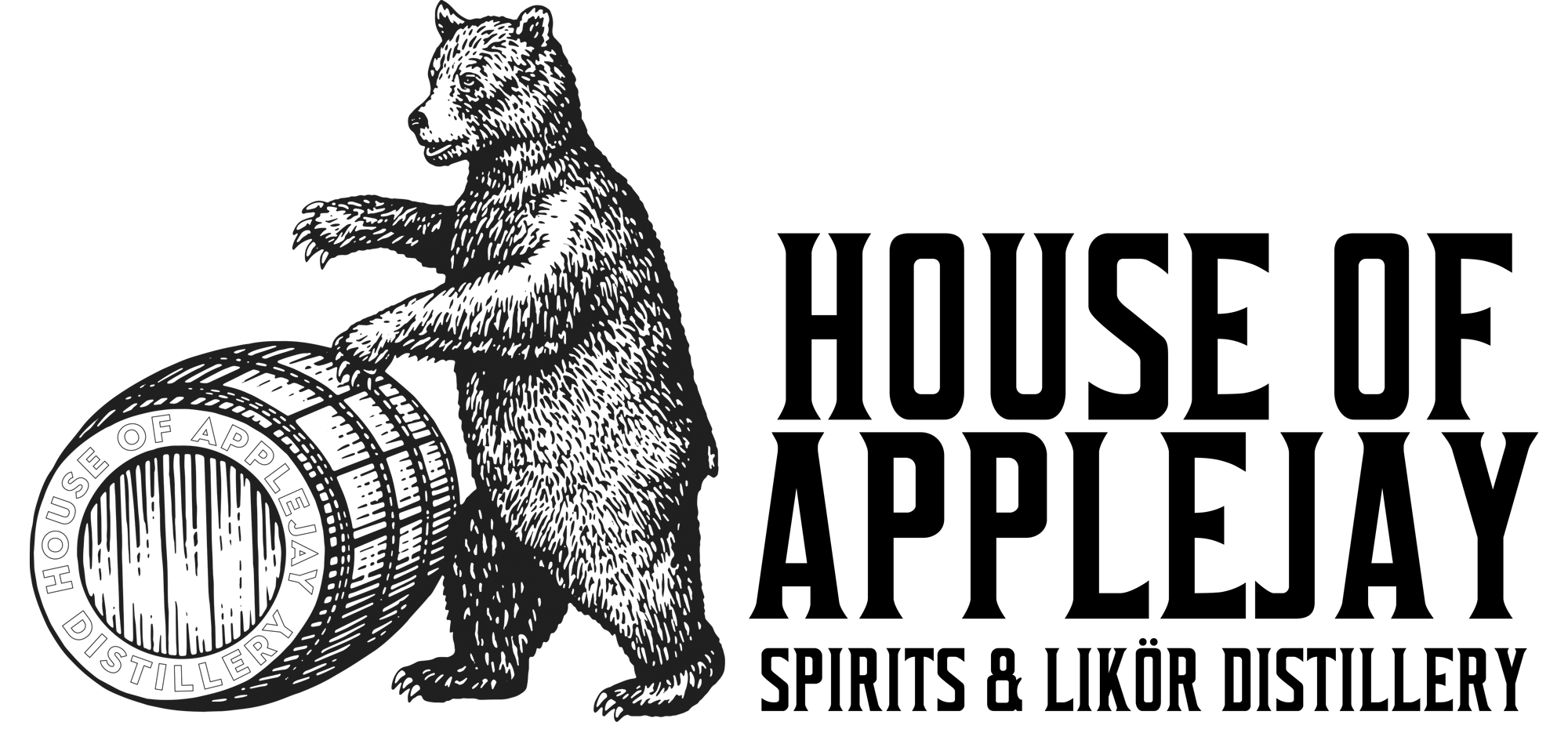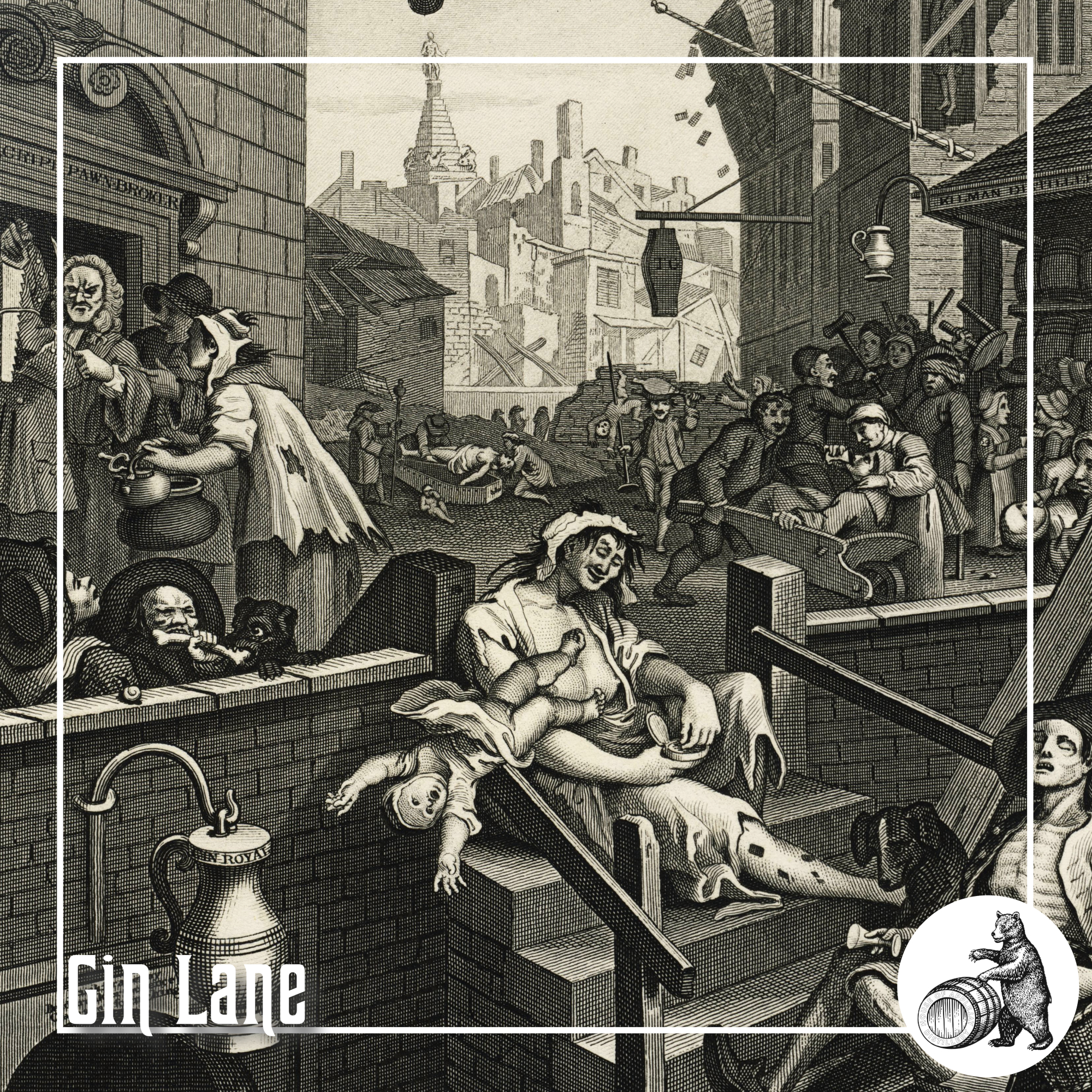Gin Lane
“Gin Lane”: Shaping 18th-Century English Drinking Culture
“Gin Lane,” crafted by English artist William Hogarth in 1750-51, is a seminal piece of social commentary that influenced the 18th-century English Drinking Culture. Paired with “Beer Street,” this print vividly depicts the societal decay associated with the widespread consumption of cheap gin in London. The stark contrast between the prints underscores the divide between prosperity and misery. “Gin Lane” played a crucial role in a political campaign against uncontrolled gin production, leading to the Gin Act of 1751. Despite its negative portrayal, gin remained popular, marking a significant transformation in British Drinking Culture.
William Hogarth’s Gin Lane & Beer Street
On February 1, 1751, English artist William Hogarth (1697–1764) released Gin Lane, a powerful engraving that left a lasting mark on 18th-century English drinking culture. Crafted between 1750 and 1751 alongside its companion Beer Street, these prints highlight Hogarth’s satirical brilliance. A leading figure in London’s art scene, Hogarth painted two contrasting worlds: Beer Street teems with fat, happy, creative folk—builders raising houses, artisans thriving—while Gin Lane depicts despair, with figures hanging themselves, a mother killing her child, and homes collapsing into ruin. This duality served as both an early marketing campaign, pitching beer against hard liquor, and politically influenced art supporting gin reform.
Priced at one shilling each, the prints reached a broad audience, from laborers to merchants, amplifying their role in a political push that led to the Sale of Spirits Act—known as the Gin Act of 1751—passed by Parliament in 1751. This legislation tightened gin’s production and sale, aligning with Hogarth’s vivid contrast: beer as vitality, gin as downfall. The beer industry, threatened by gin’s longer shelf life versus their perishable brew, likely welcomed this narrative, though no evidence shows they funded Hogarth directly.
The Gin Craze & Political Campaign
The “Gin Craze” began in 1689, when Parliament restricted French wine and brandy imports during the Nine Years’ War (1688–1697), easing taxes on domestic distillation. By the 1720s, gin—cheap and potent—rivaled beer among London’s working classes, hitting an estimated 10 million gallons annually by 1743. Its durability powered over 7,000 gin shops by 1730, outlasting beer’s quick spoilage. Between 1729 and 1751, Parliament passed eight acts to curb gin, culminating in the 1751 Gin Act. Hogarth’s prints, timed with magistrate Henry Fielding’s January 1751 anti-gin tract, fueled this reform. Post-1751, gin sales dropped as beer rebounded, reflecting the prints’ impact.
Beyond policy, Hogarth’s beer-gin divide pioneered a marketing strategy—beer as wholesome, gin as destructive—that echoed into the 19th-century temperance movement. Groups like the British Temperance Society (founded 1831) and America’s Prohibition advocates (peaking in 1920) later sharpened this distinction, targeting spirits over milder drinks.
Early Propagandist
Hogarth forged a British identity through illustration, blending satire with purpose. His prints doubled as propaganda for the Gin Act and a template for marketing and reform, influencing drinking culture and temperance rhetoric. Gin endured, evolving into a refined staple by the late 18th century—a status cemented when Queen Elizabeth The Queen Mother (1900–2002) enjoyed her daily two-parts-gin, one-part-Dubonnet cocktail until age 101. (Queen Mother’s Cocktail)
As of February 23, 2025, Gin Lane remains a cultural milestone, its stark scenes capturing an era of rivalry and reform. Whether brewers nudged Hogarth or simply cheered, his work fused marketing and political art, reshaping habits and priming temperance’s rise—proof a single image could sway markets and laws.
The Distilling Culture
BLOG
Embark on a global journey, and you’ll find that cultures possess tales that harken back to their ancient beginnings of distillation, brewing, and winemaking.
info@houseofapplejay.com
67 Fowler St, Bldg B, East Ellijay, GA 30540

